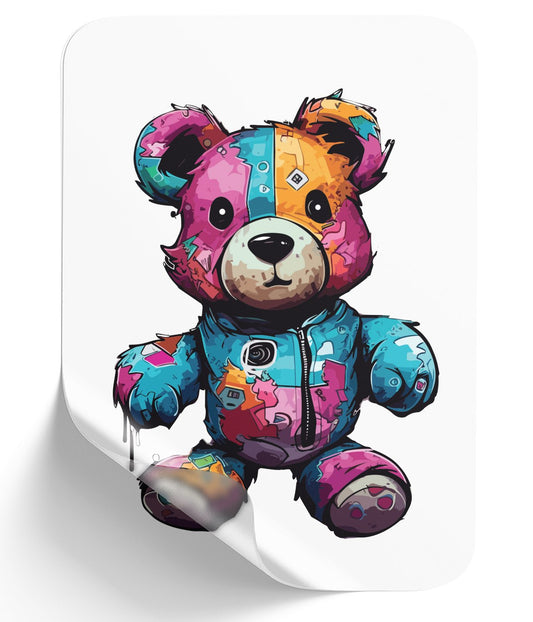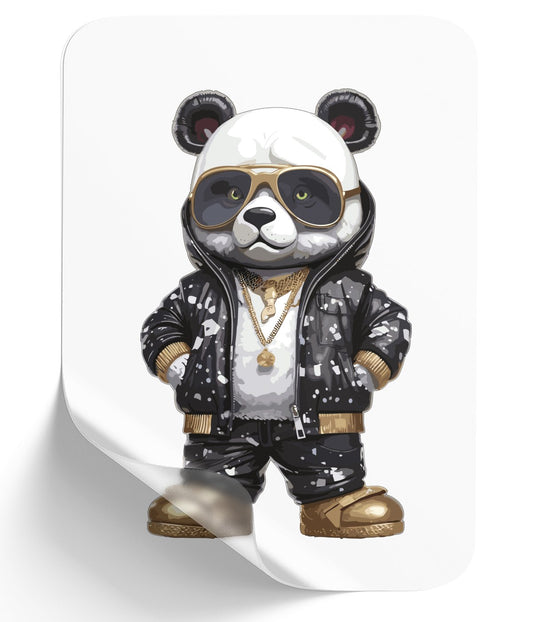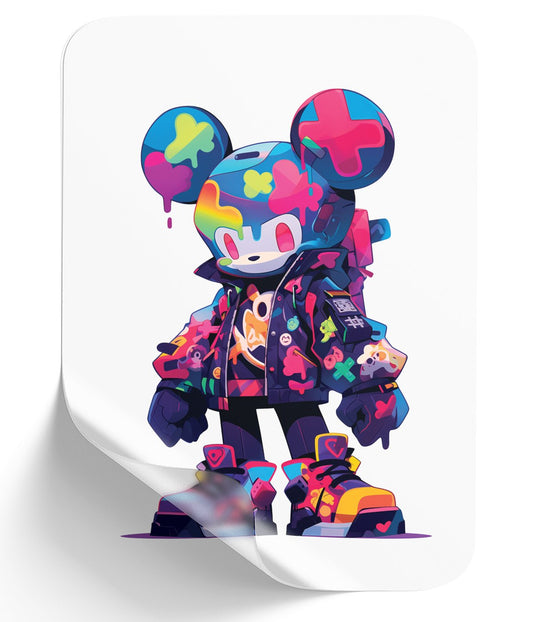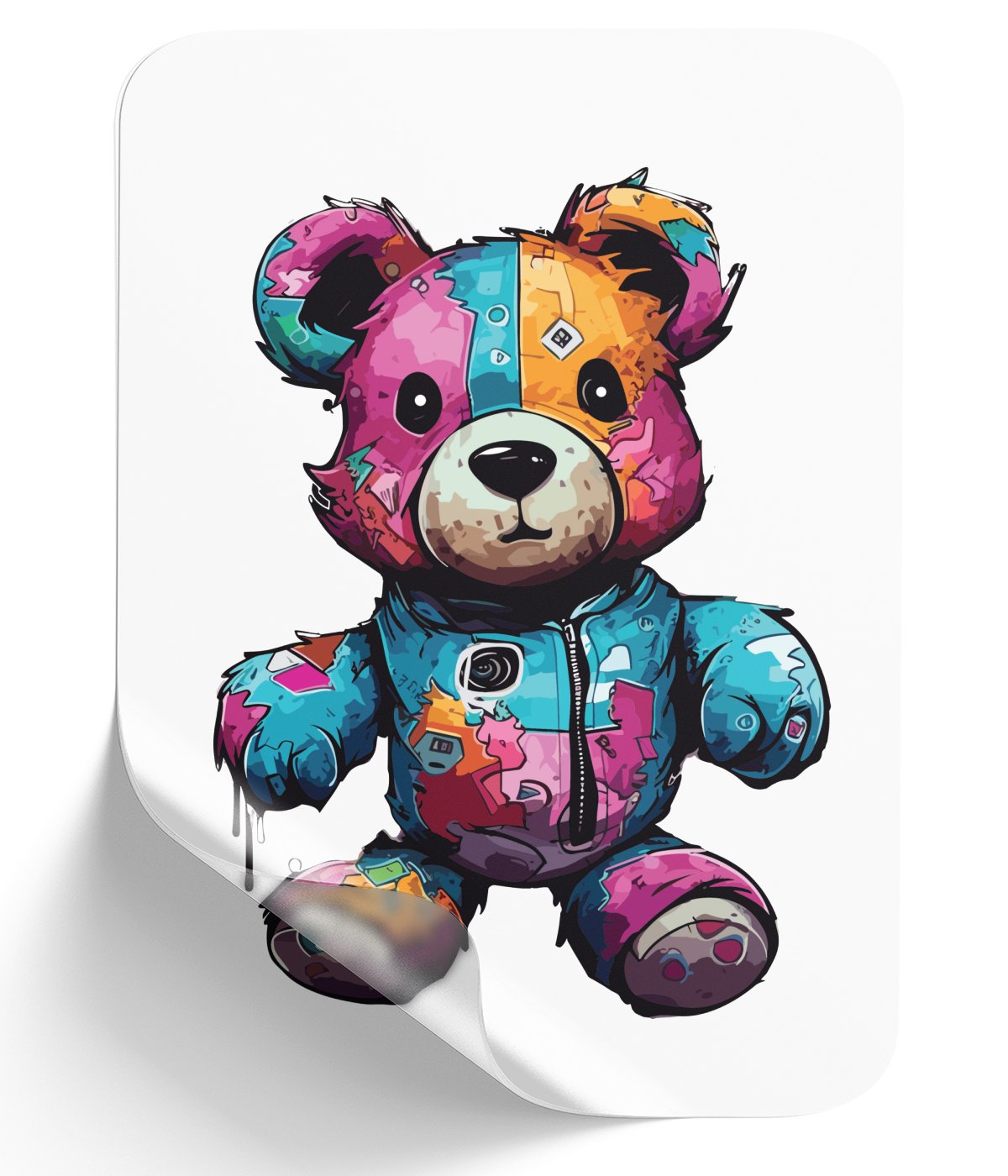The Ultimate Guide to DTF Printing: Everything You Need to Know
Direct-to-Film (DTF) printing is revolutionizing the textile printing industry with its versatility, cost-effectiveness, and ability to produce vibrant, durable prints on a variety of fabrics. Whether you're a seasoned professional or a newcomer to the world of textile printing, understanding the ins and outs of DTF printing can help you make informed decisions and optimize your printing processes. Let's dive into everything you need to know about DTF printing, from the essential tools and spare parts to the step-by-step process and benefits.

Table of Contents
- What is DTF Printing?
- Essential Tools and Spare Parts for DTF Printing
- The DTF Printing Process: Step-by-Step
- Benefits of DTF Printing
- Comparing DTF with Other Printing Methods
- Maintaining Your DTF Printer
- Getting Started with DTF Printing
- Conclusion
What is DTF Printing?
DTF, or Direct-to-Film, printing is a method that involves printing a design onto a special film and then transferring it onto fabric using a heat press. Unlike other printing methods that may be limited to specific fabric types, DTF printing can be used on a wide range of materials, including cotton, polyester, silk, and synthetic fibers like rayon and terrycot.
Essential Tools and Spare Parts for DTF Printing
Maintaining a smooth and efficient DTF printing operation requires having the right tools and spare parts on hand. Here are some of the key items you should consider stocking:
- Print Heads: Essential for maintaining print quality. Keep spare print heads for each head on your printer to minimize downtime.
- Printhead Cables: Ensure you have the correct sizes for your printer model.
- Dampers: These help manage ink flow and prevent leakage. Keep a good stock to replace as needed.
- Wiper Blades: Used to clean print heads. Have a few spares available.
- Printhead Carriages: These hold the print heads in place. Damaged carriages can affect print quality, so keep extras.
- Sensors and Pumps: Essential for maintaining ink flow and detecting distances during printing.
- Syringes and Needles: Useful for cleaning and maintaining the printer. Different sizes are needed for various tasks.
- Data Ribbons: These transmit data across the printer. Keep extras to replace dirty or damaged ribbons.
The DTF Printing Process: Step-by-Step
The DTF printing process is straightforward and can be broken down into the following steps:
- Prepare the PET Film: Place the PET film in the DTF printer. These films are specially coated to help transfer designs effectively.
- Print the Design: The printer first prints the design in color, followed by a white layer that covers the entire image. This dual-layer printing ensures vibrant and opaque prints.
- Apply Adhesive Powder: While the ink is still wet, apply a special adhesive powder uniformly across the design. This powder acts as a binder between the ink and the fabric.
- Cure the Powder: Use a heat press or curing oven to melt the adhesive powder, ensuring it bonds well with the ink.
- Transfer the Design: Place the film onto the fabric and use a heat press to transfer the design. Depending on the type of film, you may need to peel it hot or cold.
Benefits of DTF Printing
DTF printing offers several advantages over traditional printing methods:
- Versatility: Works on a wide range of fabrics, including cotton, polyester, silk, and synthetic fibers.
- Durability: Produces vibrant and long-lasting prints that can withstand washing and wear.
- Cost-Effectiveness: Requires less investment in equipment compared to other methods like DTG (Direct-to-Garment) printing.
- Ease of Use: Simplified process with fewer steps compared to methods like screen printing, making it accessible for beginners.
Comparing DTF with Other Printing Methods
Understanding how DTF stacks up against other printing methods can help you choose the best technique for your needs.
| Feature | DTF Printing | DTG Printing | Sublimation Printing |
|---|---|---|---|
| Fabric Compatibility | Works on cotton, polyester, silk, and synthetic fibers | Best for cotton and cotton blends | Best for polyester and polymer-coated fabrics |
| Durability | Highly durable, withstands washing and wear | Durable but may fade over time | Highly durable, especially on polyester |
| Cost | Lower initial investment, affordable consumables | Higher initial investment, more expensive consumables | Moderate initial investment, cost varies with fabric type |
| Ease of Use | Simple process, fewer steps | Requires pre-treatment of fabric, more complex | Requires specialized equipment and heat press |
| Print Quality | Vibrant and detailed prints | High-quality prints, especially on cotton | High-quality prints, excellent for full-coverage designs |
| Environmental Impact | Uses water-based inks, considered more eco-friendly | Uses water-based inks, but pre-treatment chemicals may be harmful | Uses sublimation inks, which can be less eco-friendly |
Maintaining Your DTF Printer
Regular maintenance is crucial to ensure your DTF printer operates smoothly and produces high-quality prints. Here are some tips:
- Daily Cleaning: Use non-lint cloths and foam swabs to clean the print heads and wiper blades.
- Humidity and Temperature Control: Monitor and adjust the environment where the printer is located to prevent issues with ink flow and print quality.
- Wet Capping: Use wet cap solutions to keep print heads moist when not in use, preventing clogs and drying.
- Regular Inspections: Check all components, including print heads, carriages, and sensors, for wear and tear. Replace as needed to avoid downtime.
Getting Started with DTF Printing
If you're new to DTF printing or looking to expand your business, here's what you'll need to get started:
- DTF Printer: A modified inkjet printer with CMYK and white ink capabilities.
- PET Films: Available in cut sheets or rolls, depending on your printing volume.
- DTF Inks: Specially formulated inks for vibrant and durable prints.
- Adhesive Powder: Essential for bonding the ink to the fabric.
- Heat Press: Necessary for transferring the design from the film to the fabric.
- RIP Software: Specialized software to manage color profiles and print settings.
Conclusion
DTF printing is a game-changer in the textile printing industry, offering unmatched versatility, durability, and cost-effectiveness. By understanding the essential tools, process, and benefits, you can make the most of this innovative printing method. Whether you're starting a new business or looking to enhance your current operations, DTF printing provides a reliable and efficient solution for producing high-quality prints on a variety of fabrics.
For more information about DTF printing techniques, visit our blog where we cover the proper steps in detail.
You'll also find a comprehensive guide on how to properly use a Heat Press, including the correct way to Heat Press DTF transfers.
Additionally, we help you understand the difference between various Peel techniques, so you can choose the best one for your needs. Discover more about these Peel methods and their advantages on our blog.





